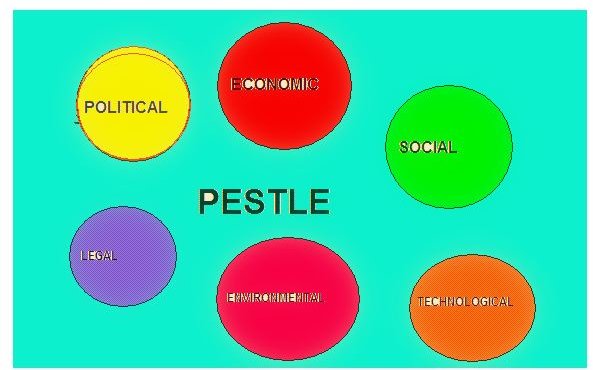PEST Analysis – History and Evolution
One of the popular environmental scanning tools used by businesses to analyze the macro-environment in which they operate is the PEST analysis. History of this strategic planning tool is somewhat imprecise; although it may have evolved earlier, the first traceable mention of this tool goes back to 1967, by Francis Aguilar. Let’s take a look at how this tool was introduced and how it has evolved ever since 1967.
The First Trace of PEST Analysis
As mentioned earlier, it is Francis Aguilar who can be credited with the origin of this strategic analytical technique. At that time, Aguilar talked about ETPS – Economic, Technological, Political, and Social environment – as the four environments that must be scanned when looking for analytical grounds to judge the strategic plans. Even in its current form, PEST revolves around these same four factors; however the term PEST came in much later.
A few years later Arnold Brown emphasized these same four environmental factors with the only difference that he labeled it as STEP. This acronym, in addition to referring to each of the four environmental factors, stands for Strategic Trend Evaluation Process as well.
There is no clear evidence about when PEST emerged from STEP or ETPS, but as of today the commonly used name for this external environment scanning technique is PEST. Apart from PEST, analysis history shows it is also popular in its extended form as PESTLE.
Different Versions of PEST
Over the next few years the term was turned and twisted by a number of management philosophers and practitioners – each trying to add something or other to these four environmental factors. Toward the end of the 1970s and through the 1980s, environmental issues started gaining rhythm. Businesses realized that they had a responsibility toward ensuring that their strategic plans were not causing any damage to the environment. Also, a lot of environment protection acts were introduced and businesses were expected to abide by them. Thus an additional ‘E’ was added to STEP, to analyze the impact of the business’s strategic plans on the environment or ecology. This inclusion of one more factor to be considered while making strategic plans resulted in two more variants of the PEST analysis - STEEP and STEPE.
A bit later, the business world recognized that legal matters were often found derailing strategic plans, and so the need for adding a legal environmental scan was felt. The new versions that accommodated the legal aspect as well were PESTLE and STEPLE.
There is also one more variation of the PEST analysis, which encompasses ethical considerations as well; and thus with one more E added to it, it becomes STEEPLE. In today’s business scenario it has become increasingly important for businesses to ensure that their strategic decisions are ethically correct. STEEPLE seems like the most all-encompassing form of PEST that ensures a thorough scanning of all the possible external factors that may affect the strategic plans of a business.
It’s exciting to note here that even though STEP has a positive connotation in contrast to PEST – which definitely is a negative word – this strategic planning tool is still more popular and well accepted as PEST.
Image by: Sidharth Thakur
This post is part of the series: PEST or PESTLE Analysis
Here’s a series of articles on PEST analysis - an environmental scanning tool used during strategic planning.
